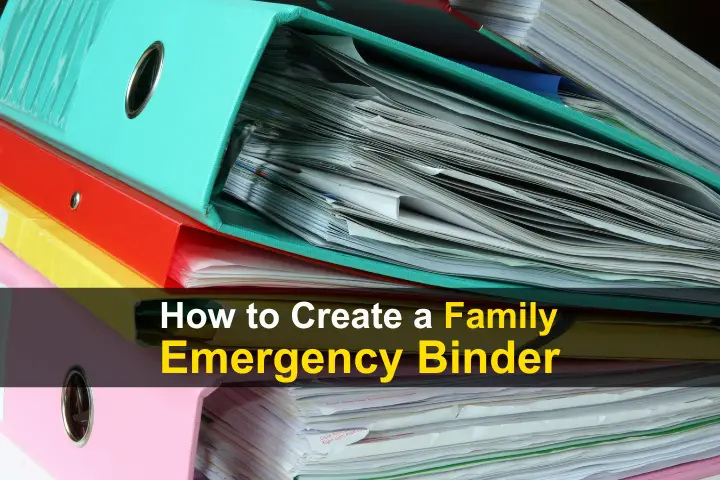A highly stressful situation such as an approaching wildfire, tornado, hurricane, or other weather-related or human-caused crisis can trigger the fight or flight response within us.
Stress hormones in the human body can make the heart pound, muscles tense, and breathing quicken. We also may begin to sweat and experience other physiological responses to the life-threatening situation.
These responses can help us move more quickly and fight off dangers with strength we didn’t know we had. Unfortunately, though, they also can make us overreact in ways that can make things more confusing and even more dangerous. The ability to remain calm and think clearly can be a contributing factor in survival.
If you are a frequent visitor to this and other preparedness sites, you probably already know about the importance of having pre-packed bags of emergency supplies to grab in the event of an emergency. Often called bug out bags, these kits are a vital part of any preparedness plan.
However, an often neglected but critical piece of the plan – and your state of mind – is a family emergency binder. This article explains the concept and what should be in it.
Want to save this post for later? Click Here to Pin It On Pinterest!
What is a Family Emergency Binder?
An emergency binder is a sturdy pocketed three-ring binder or accordion file organizer kit that contains physical copies of the critical records and documents you might need during and after an emergency. With this resource, you will have all the information you need in one easy to access place.
Why isn’t your phone enough? Even if you have important information stored on your phone or computer, you may not be able to access those electronics during a crisis situation.
The power grid may be out, and you’ll need to conceive battery power. And, in many recent disasters, people have had to flee their homes and cars with very little warning, meaning you may not have time to grab your laptop. In these cases, having printed copies of essential documents can be consequential, even life-saving.
The details of exactly what is in an emergency binder are unique to each individual or family. However, many of the essential items are the same for everyone.
It’s best to keep the originals of most of the following documents in a safety deposit box or fireproof safe. Therefore, you’ll want to gather the originals to make clear, photocopies for your binder. Here is a list of suggested items to include:
- Driver’s license
- Credit cards (front and back)
- Social Security card
- Health insurance cards
- School and employer ID cards
- Certified copies of legal documents (birth certificates, marriage certificates, wills, power of attorney)
- Passports
- Vehicle titles
- Property deeds
- Immunization records
- Medical records
- Prescriptions and pharmacy contact details
- Trust documents
- Deed to burial plots
- Insurance policies
- Military service records
- Bank account numbers
- Income tax records from three prior years
- Medical records and registration papers for pets and livestock
- Emergency contact names, addresses, and phone numbers
- Firearm serial numbers
- Recent photos of each family member and pet
- Maps of your community and surrounding area with evacuation routes marked
How to Assemble an Emergency Binder
In order to keep these documents as protected as possible, here are the items you’ll need:
Just as you rotate your emergency food storage, you should keep your emergency binder current. Make sure you have current health information for each child, for example. Some preppers use dates such as the spring or fall time changes to update their binders.
Store your binder in a spot in your home that is easy to access and let each family member know where it is. For further safety, you should create an electronic grab-and-go backup file.
You can save copies of your important documents on a USB flash drive that you store in your safety deposit box or other secure location. Another option is to use a cloud storage service.
Creating a grab and go survival folder may seem like it takes a lot of time and effort. To streamline things, we found a wealth of websites offering free templates for creating your binder.
And here are some binders or kits you can purchase and personalize for your needs. Some are weather- and fire-resistant.
While the initial set up is time-consuming, updates should be quick and easy. You’ll appreciate having all this information in one place even though — like many aspects of emergency preparedness — a survival binder is something you hope you will never need actually to grab and go.
However, weather-related emergencies are occurring more frequently and war is threatening throughout the globe. This resource will offer you valuable peace of mind if you do experience a crisis that causes your fight or flight response to kick in.
Like this post? Don’t Forget to Pin It On Pinterest!
You May Also Like:
Read the full article here


